They affect your car’s handling, ride, braking and safety. But most people don’t give much thought to them.
Eighty-three percent of drivers aren’t “tire smart” (i.e., they don’t know how to properly check tire pressure), according to a 2015 survey from the Rubber Manufacturers Association (RMA).
You may be thinking, Tires haven’t changed since I bought my first set. Wrong! Since they carry you and your car around on the road, taking proper care of them is one of the most important safety factors that also happens to be the most overlooked. Here, we deflate the top five tire myths to make sure you know your way around on four wheels.
Myth #1: All Cars Come With Spare Tires
This used to be standard, but not anymore. For space-saving reasons and fuel efficiency, approximately one in three new cars don’t come with a spare tire in the trunk. Instead, you’ll get a “temporary mobility kit” with a tire sealant and a tire inflator or run-flat tires, says Maryland-based master mechanic and automotive radio show host, Pat Goss. If your tire is punctured, apply the sealant through the valve stem then use the inflator to re-inflate it, he explains. The downside? If the damage is more severe than a tiny hole (think nail size), the mobility kit probably isn’t going to cut it and you’ll have to be towed (GEICO’s mobile app makes it a cinch to request emergency roadside assistance.). Go check your trunk now, so you’re not surprised in an emergency.
Myth #2: The Correct Tire Pressure Is Listed On The Tire Sidewall
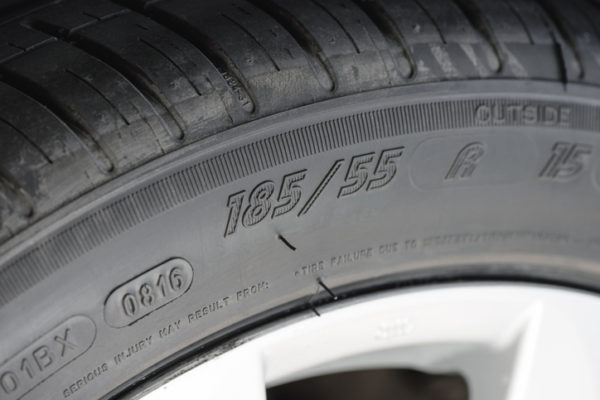 Half of all drivers believe this is where you should look to find out the ideal tire inflation pressure number. But these numbers actually tell you what size and kind of tire you have as well as the maximum cold inflation PSI the tire is rated for—not the recommended pressure for your vehicle. That information is actually listed on a label inside the vehicle’s driver-side door or in the owner’s manual.
Half of all drivers believe this is where you should look to find out the ideal tire inflation pressure number. But these numbers actually tell you what size and kind of tire you have as well as the maximum cold inflation PSI the tire is rated for—not the recommended pressure for your vehicle. That information is actually listed on a label inside the vehicle’s driver-side door or in the owner’s manual.
Myth #3: A Tire-Pressure Monitoring System (TPMS) Ensures That Your Tires Are Always Good To Go
A tire-pressure monitoring system electronically tracks and displays tire pressure via a gauge, pictogram display or a warning light on your vehicle’s dashboard. “These have lulled most drivers into believing that if the warning signal is off, everything is fine,” says Goss. Since a signal is only triggered when tires lose 25 percent of their inflation pressure (aka “dangerously low” tire pressure), you could be driving on tires that are underinflated enough to cause unnecessary wear, waste fuel and in some cases, decrease cornering ability while increasing stopping distances. Goss advises that you should check tire pressure every 30 days the old-fashioned way: manually, with a tire pressure gauge. (Need a refresher? Watch this quick how-to video on how to check your tire pressure.)
Myth #4: You Should Rotate Your Tires About Once A Year
 Not exactly. Tire rotation should be performed every 5,000 to 8,000 miles, which also coincides with the typical oil change recommendation. So the easiest way to ensure this happens is to get both done at the same time, says Goss. Another way to keep track? “Most cars today have dual trip meters, so you can set one trip meter to zero when the oil is changed or the tires are rotated and wait for it to reach the desired miles,” says Goss.
Not exactly. Tire rotation should be performed every 5,000 to 8,000 miles, which also coincides with the typical oil change recommendation. So the easiest way to ensure this happens is to get both done at the same time, says Goss. Another way to keep track? “Most cars today have dual trip meters, so you can set one trip meter to zero when the oil is changed or the tires are rotated and wait for it to reach the desired miles,” says Goss.
Myth #5: Never Continue Driving If You Experience A Flat
Run-flat tires—which let you keep driving after a puncture so you can make it to an auto shop—are becoming more popular. “Many manufacturers are using them because the additional cost of four run-flats is less than the cost of a spare tire, wheel and jack,” says Goss. Run-flats vary as to how far they can be driven and at what speed, but generally speaking they can be driven for up to 50 miles at a reduced speed (usually about 50 miles per hour), he explains. You can tell if your car has run-flats by looking inside the driver’s door, in your owner’s manual or checking the tire sidewall for one of the following codes: RFT, DSST, ROF, RFT, EMT, XRP, ZP or ZPS.
Have more tire questions? Here are 5 signs you need new tires.
Knowing your way around your tires is one thing, but being truly streetwise means having dependable insurance that won’t cost you an arm and a leg. Get a fast, free auto insurance quote from GEICO to see how much you could save.
By Nicole Cherie Jones

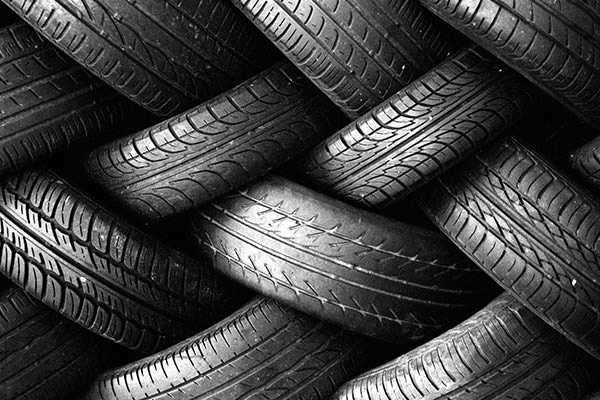


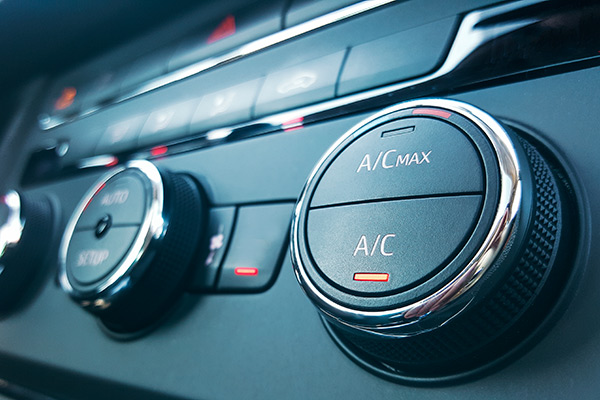


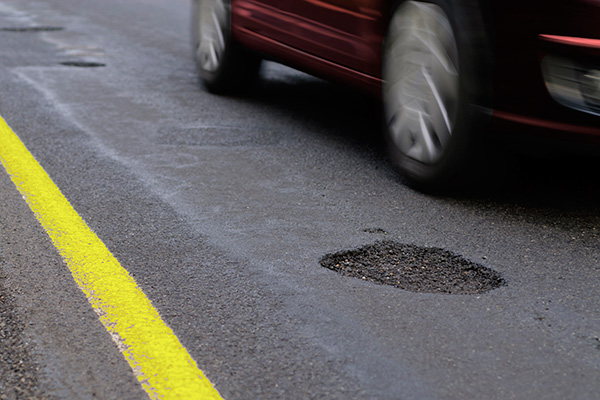
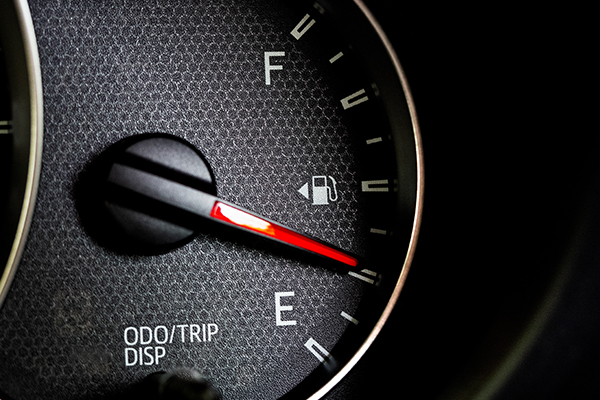

Rene Smythe says,
Regarding tire pressure. You are wrong to assume the tire pressure on the door cowling is what it should be. Mine says 32 lbs. when in actuality I run 60 lbs. as recommended by the tire manufacturer. At 32 lbs. the tires would be fairly flat. 32 lbs. is the norm for “passenger” tires, not mud and snow, etc. 32 lbs. is good for the tire industry but not the consumer…
YourSoundMan says,
The pressure stamped on the tire is not a recommended value – it
is a MAXIMUM value.
Are your tires LT(light truck) rated? Because a max cold pressure
of 60psi seems awfully high for a passenger(P) tire. Is it a SUV?
I’ve maintained my new Pirelli P7 all-seasons at 33psi for over a
year – 1psi over what is recommended on my 2010 Honda Accord.
The treadwear so far has been nothing but even across the treads.
Just a hint of shoulder wear on the steer tires, but they were rotated
recently.
The ride and handling? As good as you can get on a mid-size Honda
with double-wish-bone up front and independent in back! 😉
In my ‘young n dumb’ 20s, I used to run tire maximum PLUS a few
psi, and now regret my ignorance. Once I discovered and followed
the B-pillar tire sticker twenty years ago, it was a revelation! The car
I was driving at that time suddenly became fun to drive, and I was
probably paying only $1-2 more per fill-up at the gas station.
Barth says,
Hey Everyone,
I got the new yokoono tires, expensive!
What doyou think of them?!
Rene Smythe says,
Me thinks you are trolling! There is no such thing as yokoono tires…
alberto Enrique ashwell says,
what about buying use snow tires?
Dyanna Capaldi says,
The tires were rotated 11/30/17 and on 12/6 I had a blow out and on 12/7/17 another blow out and later on 12/7 another tire had a large bubble what in the world happened
John Farrell says,
Mr. Goss. Any chance you will correct the hit job you did on the Audi 5000 30 years ago?
As you now know, that vehicle had a hydraulicly operated -not vacuum operated-power brake system. Please correct the record.
Sam Parla says,
this article fails to mention how that most new tires come with a DATE CODE stamped in the tire that tells you when the tire was actually manufactured. this code is a 4 digit code that may read something like 3417, meaning it was made on the 34th week of the year 2017. many “special tire sales” may be selling older tires they are trying to get rid of what’s in their inventory. These days tires seem to get dry rotted, and cracks appear on the side walls at around 4 years or so depending on conditions..
Vetdude says,
Parts for Takata airbag recall still not available for GM cars, e.g. Corvette, at the dealerships so owners are essentially driving around in ticking time bombs.
JB says,
My tires only have 50,000 miles in them, but they are 10 years old. They show no signs of dry rot, plenty of tread left, and the vehicle is garage kept and driven weekly. Are the tires still safe.
Jeff Evans says,
I didn’t know tires had to be rotated so often! I try to do it every Spring and Fall, but it makes a lot more sense to change out your tires when you’re getting an oil change. Every 5000 miles is reasonable, especially since some tire stores will rotate them for free (usually if you bought them there).
Chris R says,
It’s been my experience that the front tires will generally wear faster than the rear tires. If you
expect a set of new tires to last lets say 50K, I will switch front to rear at about 25K miles. The tires will now wear out as a set. No need to go every 5K…When checking presure,inspect tires for uneven wear which would indicate alignment front end problems.
Alice Toreson says,
Thank you for the information on listening for noises in the car and also the information on tires.
JR says,
As soon as you attempt to gauge the tire pressure you start loosing air pressure in the tire. Besides, you may screw the cover wrong and damage the thread. If the car comes with a sensor and an icon in the display, wouldn’t be better to rely on it and leave it to the expert during the 5,000 mile oil service and tire rotation than getting your dirty?
Ryan says,
Lol, it doesnt take an expert to check tire pressure. Do you have an expert pump your gas too?
Gerald says,
The minor air loss when checking pressure is inconsequential unless you do every day. And that is not usually the case–most people don’t check it nearly enough, including me. Cross threading a valve cap is equally inconsequential as it has no role in maintaining air pressure. A weekly check which takes about 5 minutes after a couple of times is a much more reasonable schedule than daily or not at all.
David says,
You will not damage the metal threads with the plastic valve cover.
Okie says,
First thing I as a professional suggest, on the sensors that still have tin (metal) caps, usually Jeep or Chrysler, get them off and replace with plastic caps! The tin can corrode to the metal sensors and cause them to snap when you try a repair or to check pressure
Vetdude says,
Tire pressure is mostly affected in the temperature tranisition months of Spring and Fall where each 10 degree drop in temp reduces air pressure by 2 psi.